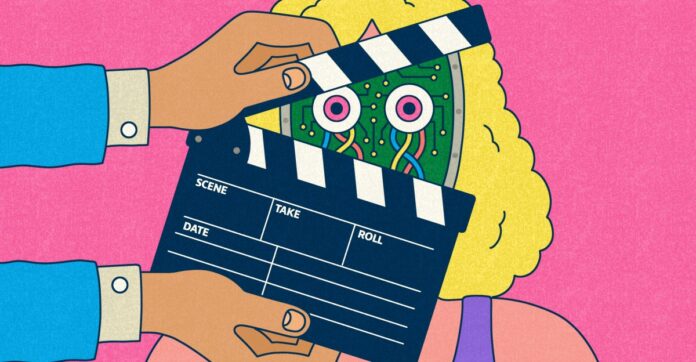Introduction to AI-Generated Videos
It has become almost impossible to browse the internet without having an AI-generated video thrust upon you. Open basically any social media platform, and it won’t be long until an uncanny-looking clip of a fake natural disaster or animals doing impossible things slides across your screen. Most of the videos look absolutely terrible. But they’re almost always accompanied by hundreds, if not thousands, of likes and comments from people insisting that AI-generated content is a new art form that’s going to change the world.
The Reality of AI-Generated Videos
That has been especially true of AI clips that are meant to appear realistic. No matter how strange or aesthetically inconsistent the footage may be, there is usually someone proclaiming that it’s something the entertainment industry should be afraid of. The idea that AI-generated video is both the future of filmmaking and an existential threat to Hollywood has caught on like wildfire among boosters for the relatively new technology.
Asteria: A New Production House
The thought of major studios embracing this technology as is feels dubious when you consider that, oftentimes, AI models’ output simply isn’t the kind of stuff that could be fashioned into a quality movie or series. That’s an impression that filmmaker Bryn Mooser wants to change with Asteria, a new production house he launched last year, as well as a forthcoming AI-generated feature film from Natasha Lyonne.
Ethical AI
Asteria’s big selling point is that, unlike most other AI outfits, the generative model it built with research company Moonvalley is “ethical,” meaning it has only been trained on properly licensed material. Especially in the wake of Disney and Universal suing Midjourney for copyright infringement, the concept of ethical generative AI may become an important part of how AI is more widely adopted throughout the entertainment industry.
Limitations of AI-Generated Videos
During a recent chat, Mooser stresses that the company’s clear understanding of what generative AI is and what it isn’t helps set Asteria apart from other players in the AI space. Mooser says that, depending on the financial arrangement between Asteria and its clients, filmmakers can retain partial ownership of the models after they’re completed. In addition to the original licensing fees Asteria pays the creators of the material its core model is trained on, the studio is “exploring” the possibility of a revenue sharing system, too.
The Future of Filmmaking
To give its filmmaking partners more of that granular control, Asteria uses its core generative model, Marey, to create new, project-specific models trained on original visual material. This would, for example, allow an artist to build a model that could generate a variety of assets in their distinct style, and then use it to populate a world full of different characters and objects that adhere to a unique aesthetic.
Uncanny Valley: A Feature Film
Asteria plans to test many of Mooser’s beliefs in generative AI’s transformative potential with Uncanny Valley, a feature film to be co-written and directed by Lyonne. The live-action film centers on a teenage girl whose shaky perception of reality causes her to start seeing the world as being more video game-like. Many of Uncanny Valley’s fantastical, Matrix-like visual elements will be created with Asteria’s in-house models.
The Impact of AI on the Entertainment Industry
Like many generative AI advocates, Mooser sees the technology as a “democratizing” tool that can make the creation of art more accessible. He also stresses that, under the right circumstances, generative AI could make it easier to produce a movie for around $10–20 million rather than $150 million. Still, securing that kind of capital is a challenge for most younger, up-and-coming filmmakers.
Concerns About Job Loss
One of Asteria’s big selling points that Mooser repeatedly mentions is generative AI’s potential to produce finished works faster and with smaller teams. He framed that aspect of an AI production workflow as a positive that would allow writers and directors to work more closely with key collaborators like art and VFX supervisors without needing to spend so much time going back and forth on revisions — something that tends to be more likely when a project has a lot of people working on it. But, by definition, smaller teams translates to fewer jobs, which raises the issue of AI’s potential to put people out of work.
Conclusion
What seems rather dangerous about Hollywood’s interest in generative AI isn’t the “death” of the larger studio system, but rather this technology’s potential to make it easier for studios to work with fewer actual people. That’s literally one of Asteria’s big selling points, and if its workflows became the industry norm, it is hard to imagine it scaling in a way that could accommodate today’s entertainment workforce transitioning into new careers. As for what’s good about it, Mooser knows the right talking points. Now he has to show that his tech — and all the changes it entails — can work.

